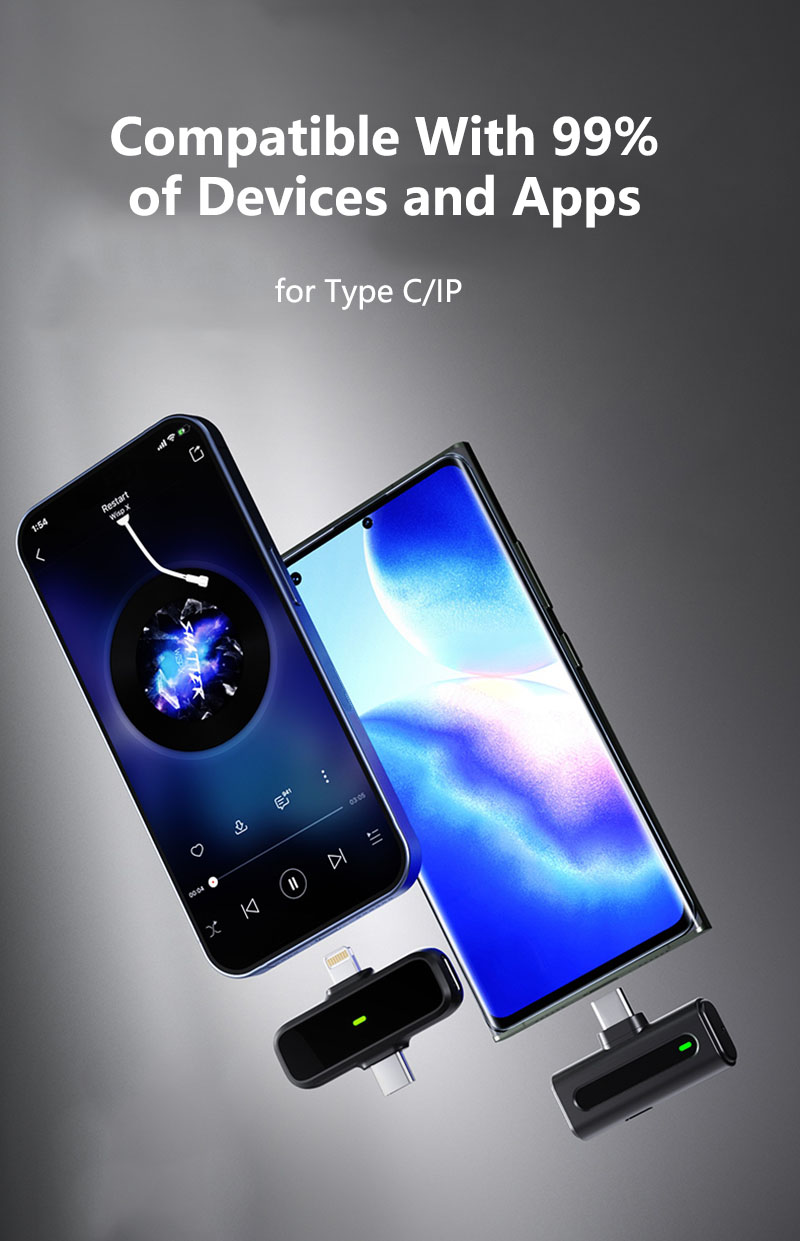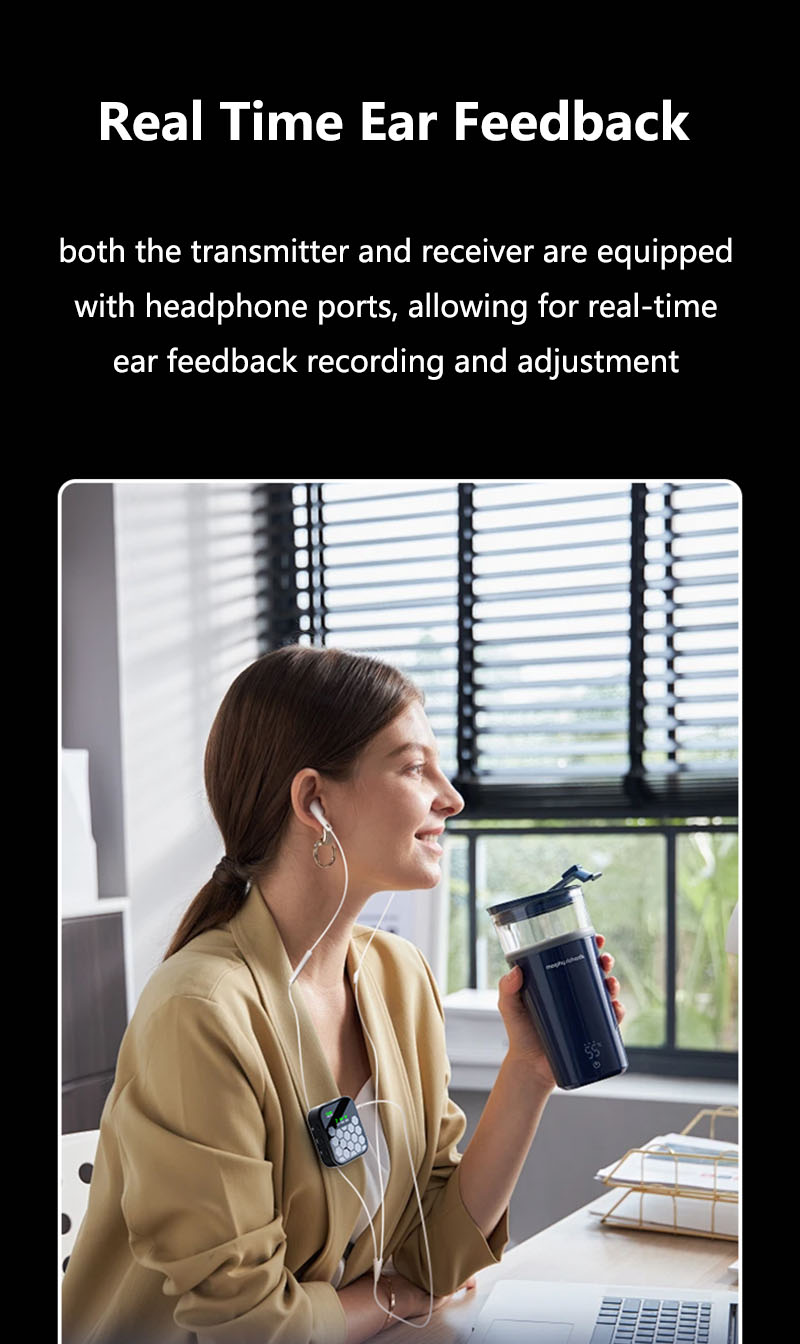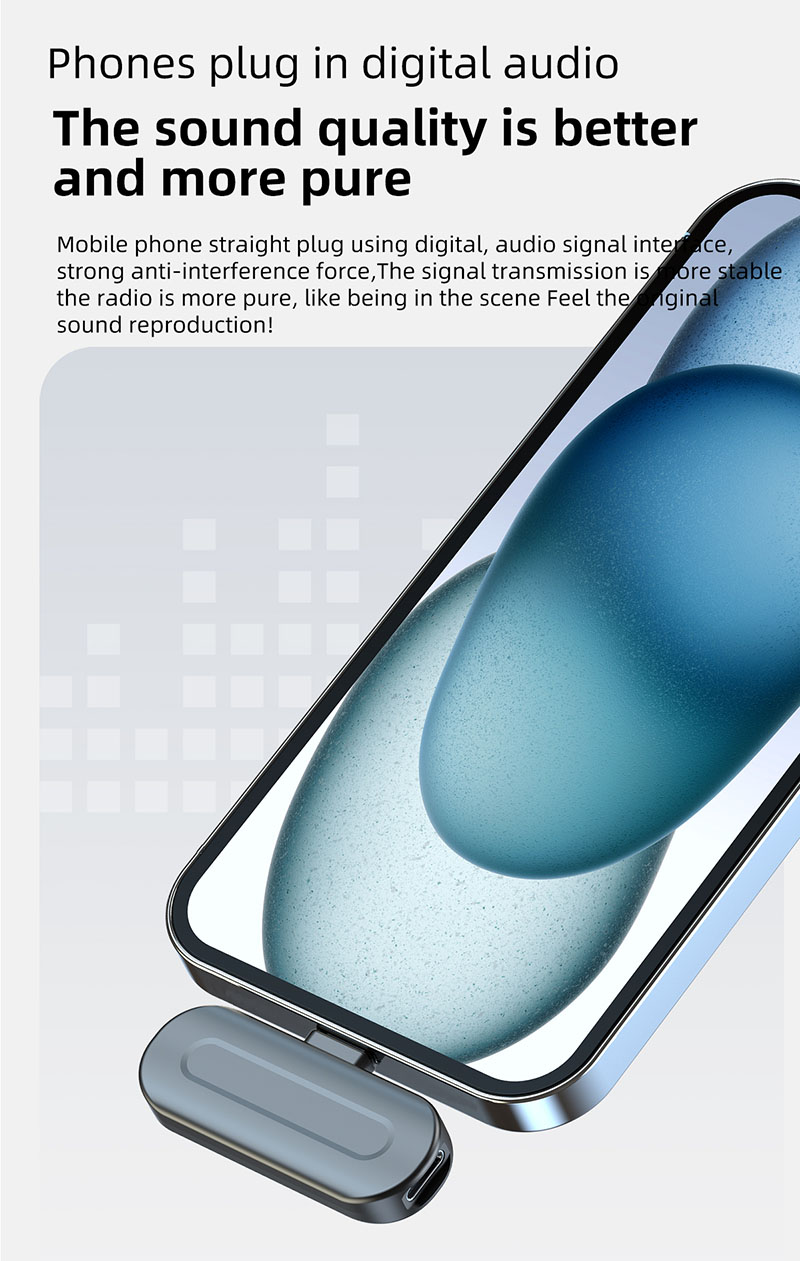How Does Wireless Microphone Work
How Does Wireless Microphone Work
How Does Wireless Microphone Work

A wireless microphone transmits audio without cables by converting sound into radio signals. Here’s a step-by-step breakdown:
1️⃣ Sound Capture (Microphone)
The microphone (handheld, lavalier, or headset) picks up sound waves and converts them into an electrical audio signal.
2️⃣ Signal Transmission (Transmitter)
The transmitter (built into the mic or a bodypack) processes the audio signal and modulates it onto a radio frequency (RF) carrier wave.
Analog Systems: Use FM modulation (older, prone to interference).
Digital Systems: Convert audio into binary data (cleaner, more secure).
The RF signal is broadcast via UHF (470-698 MHz), 2.4 GHz, or other legal frequencies (depending on the system).
3️⃣ Wireless Signal Propagation
The radio waves travel through the air to the receiver (similar to how Wi-Fi or FM radio works).
UHF systems offer longer range and better penetration through walls.
2.4 GHz systems are compact but suffer from Wi-Fi interference.
4️⃣ Signal Reception (Receiver)
The receiver (plugged into a mixer, camera, or PA system) captures the RF signal.
True Diversity Receivers use two antennas to avoid dropouts.
The receiver demodulates the RF signal, extracting the original audio.
5️⃣ Audio Output
The receiver sends the audio to:
PA systems (for live sound).
Cameras (for video recording).
Computers/Interfaces (for streaming/recording).
📡 Frequency Bands & Legal Issues
| Band | Range | Pros | Cons |
|---|---|---|---|
| UHF | 470-698 MHz | Long range, reliable | Requires frequency coordination |
| 2.4 GHz | Wi-Fi band | No license needed | Prone to interference |
| DECT | 1.8 GHz | Secure, good for speech | Limited bandwidth for music |
⚠️ Illegal Frequencies:
USA: 600-700 MHz (used by cellular networks).
EU: 700 MHz (reserved for 5G).
🔋 Power Sources
Transmitters: Use rechargeable batteries (e.g., Li-ion) or AA/AAA batteries.
Receivers: Often USB or DC-powered.
⚙️ Types of Wireless Systems
Handheld Wireless Mics
Built-in transmitter (like a traditional mic but wireless).
Bodypack Systems
Lavalier/headset mics + beltpack transmitter.
Plug-On Transmitters
Attach to XLR mics for wireless conversion.
🚀 Key Advantages of Wireless Mics
✔ No cables = Freedom to move on stage/set.
✔ Cleaner setup (no tripping hazards).
✔ Professional sound (if using high-end systems).
🔧 Common Issues & Fixes
Interference? → Change frequency or use a digital system.
Signal Dropouts? → Use diversity antennas or reduce obstacles.
Battery Life? → Use rechargeable batteries (e.g., Li-ion).
🎤 Best Uses for Wireless Mics
Live Performances (singers, speakers).
Broadcasting (TV, film, YouTube).
Corporate Events (presentations, conferences).
Need help choosing the right system? Let me know your use case! 🎶




